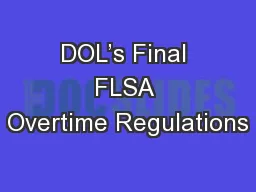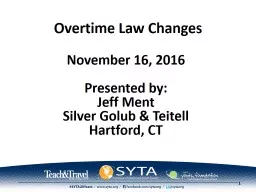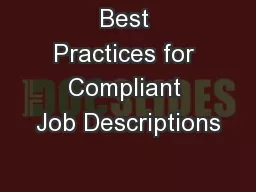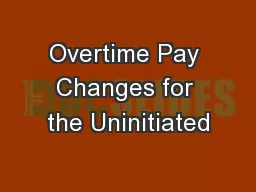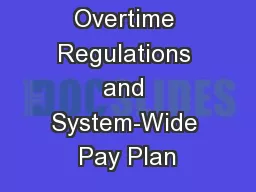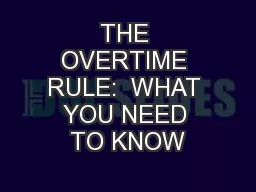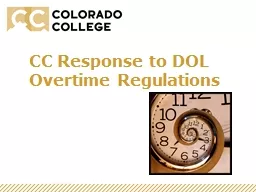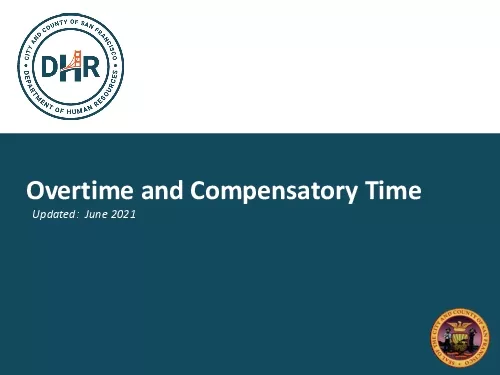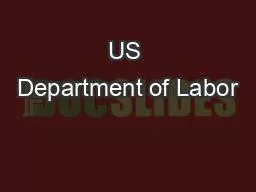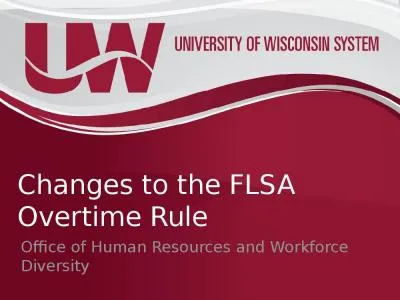PPT-DOL’s Final FLSA Overtime Regulations
Author : test | Published Date : 2017-05-19
June 25 2016 Fortney amp Scott LLC 1750 K St NW Ste 325 Washington DC 20006 wwwfortneyscottcom Tele 2026891200 Burton J Fishman Esq bfishmanfortneyscottcom
Presentation Embed Code
Download Presentation
Download Presentation The PPT/PDF document "DOL’s Final FLSA Overtime Regulations" is the property of its rightful owner. Permission is granted to download and print the materials on this website for personal, non-commercial use only, and to display it on your personal computer provided you do not modify the materials and that you retain all copyright notices contained in the materials. By downloading content from our website, you accept the terms of this agreement.
DOL’s Final FLSA Overtime Regulations: Transcript
Download Rules Of Document
"DOL’s Final FLSA Overtime Regulations"The content belongs to its owner. You may download and print it for personal use, without modification, and keep all copyright notices. By downloading, you agree to these terms.
Related Documents

